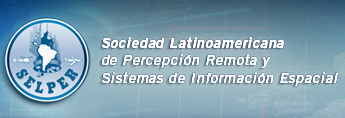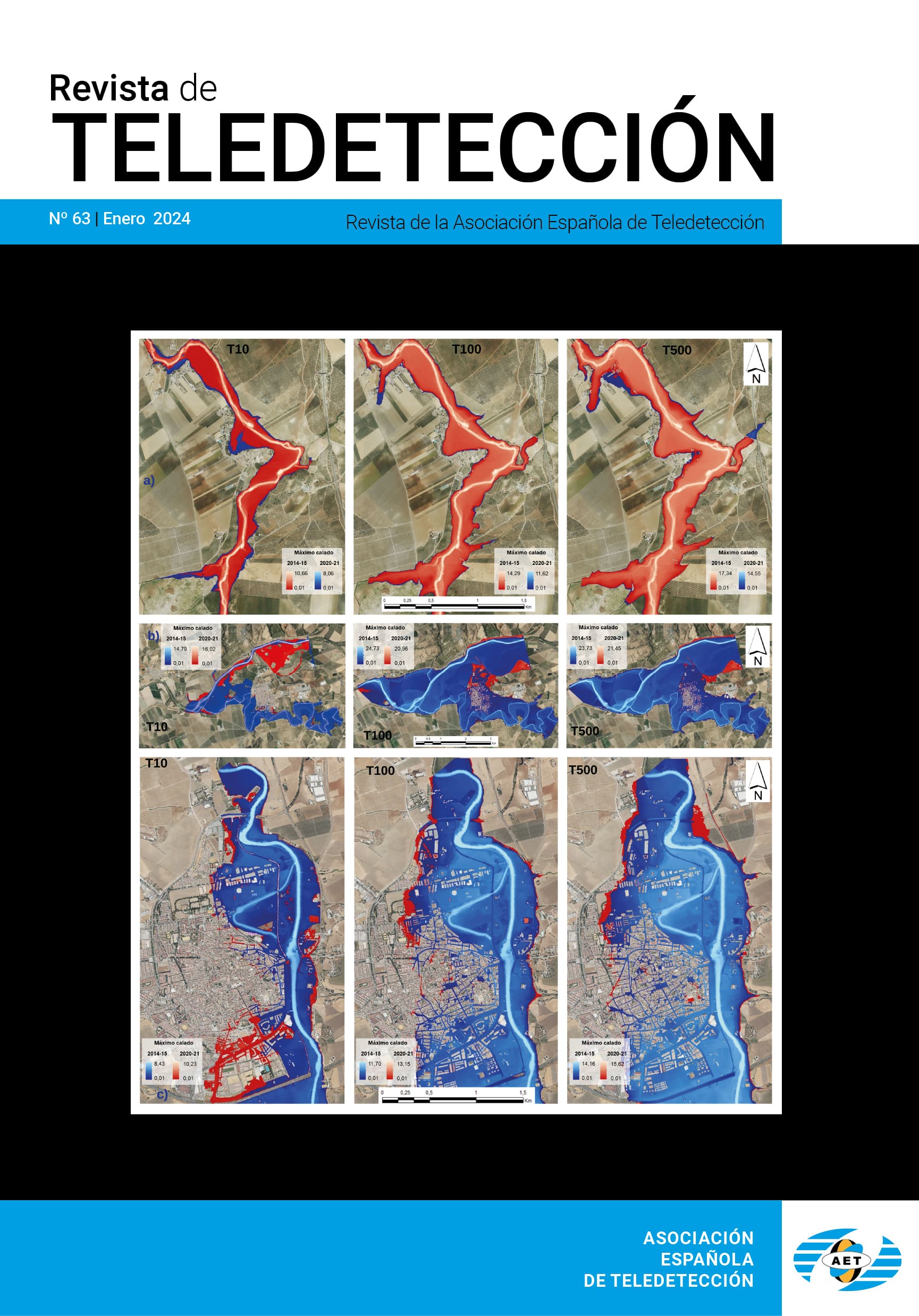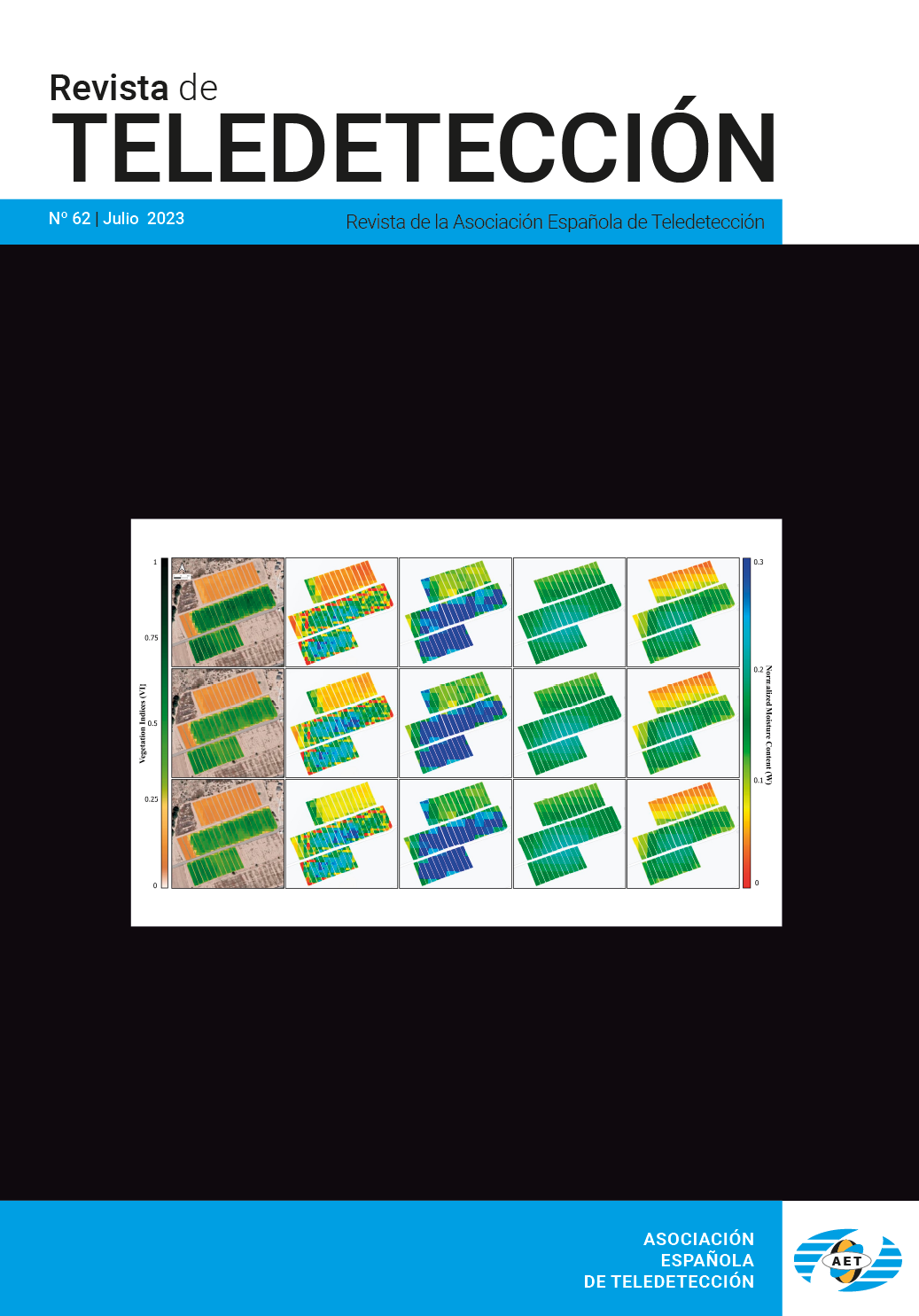Filtros interactivos reductores de ruido speckle en imágenes
O. H. Bustos – M. G. Palacio - A. C. Frery
RESUMEN
El ruido speckle aparece en imágenes con iluminación coherente, como las de scanner ultrasónico, sonar y radar de abertura sintética (SAR). Este ruido se desvía del modelo clásico, en el que se supone ruido Gaussiano, independiente de la señal y adicionado al verdadero valor. El speckle, en cambio, es multiplicativo y no Gaussiano (en los formatos intensidad y amplitud), y dificulta la interpretación de las imágenes porque el “efecto de sal y pimienta” corrompe la información o verdad del terreno. Existen numerosas técnicas para extraer información contenida en imágenes con speckle, entre las cuales las estadísticas proveen los mejores modelos y herramientas para el procesamiento y análisis de imágenes ruidosas. El procedimiento usual consiste en proponer un modelo, contrastar la hipótesis con datos reales (etapa muchas veces evitada por la necesidad de obtener resultados rápidos y por la tradición de considerar verdadera la distribución Gaussiana) y, una vez aceptado el modelo, hacer inferencia acerca de los parámetros desconocidos del mismo. Ciertas decisiones médicas, ambientales y estratégicas están condicionadas por estos parámetros. Este trabajo presenta filtros de la clase Máximo a Posteriori (MAP) para reducir el ruido speckle en imágenes bajo el modelo multiplicativo. Estos filtros presuponen que los datos de la imagen satisfacen aproximadamente un modelo estadístico y tienen por objetivo eliminar el speckle reteniendo detalles en la imagen. Se consideran tres modelos para la verdad (no observada) del terreno: una constante, una variable aleatoria que obedece una distribución raíz de Gamma y una variable aleatoria que sigue una ley recíproca de raíz de Gamma. Este último modelo, explorado aquí en detalle, lleva a la distribución GA 0 para el retorno, que ha sido propuesta recientemente. La versión iterativa de los filtros MAP se deriva para el formato amplitud, y la aplicación y comparación de los mismos se realiza usando datos reales.
PALABRAS CLAVES: Imágenes SAR, Ruido speckle, Filtros iterativos, Filtros MAP.
ABSTRACT
Speckle noise appears in images obtained with coherent illumination, e.g., B-scan ultrasound, sonar and synthetic aperture radar (SAR) imagery. This noise deviates from the classical model, which assumes that the corruption is a Gaussian noise, independent of the signal, that adds to the true value. The speckle noise enters the data in a multiplicative fashion, and in the amplitude and intensity formats it does not obey the Gaussian law. Speckle noise is known to make image analysis difficult, since its “salt-and-pepper effect” tends to corrupt the information or ground truth. There are a number of different approaches for extracting the information contained in speckled imagery, the statistical framework being the one that has provided users with the best models and tools for image processing and analysis. The usual procedure within this approach consists of proposing a model, contrasting the hypothesis with real data (this stage is many times precluded by the need to obtain rapid results and by the tradition of blindly trusting the Gaussian distribution) and, once an acceptable model is at hand, making inference about the unknown parameters. Medical, environmental and strategic decisions are made conditional on these parameters. This paper derives Maximum A Posteriori filters for speckled imagery under the multiplicative model. These filters aim at combating speckle noise while retaining small details and features in the image, and they are based on the statistical properties of the data. Within this framework, three models are considered, namely those that assume the (unobserved) truth as: a constant, as obeying a square of gamma law and as following a reciprocal of square of gamma distribution. This last model leads to the distribution GA 0 for the return, a recent proposal that is explored in detail. The iterative version of these filters is derived for amplitude format, and these filters are assessed on both simulated and real data.
KEY WORDS: Sar images, speckle noise, iterative filters, MAP filters.
PULSE AQUI PARA DESCARGAR EL ARTÍCULO COMPLETO.




















